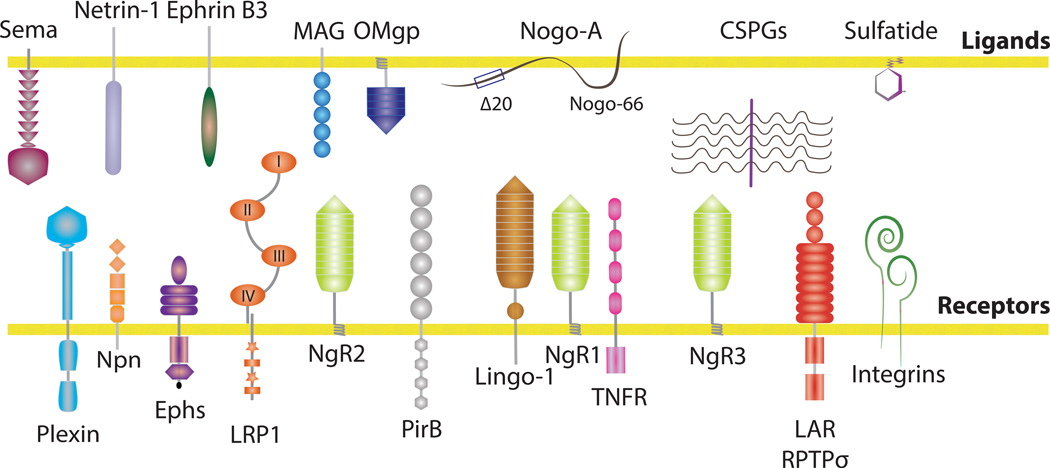Figure 1. Prominent CNS inhibitors and their receptors.
CNS inhibitors abundantly found in the postnatal and adult brain and spinal cord include canonical axon guidance molecules such as semaphorins, ephrinB3, netrin-1 and the glial inhibitors Nogo-A, OMgp, MAG, CSPGs and sulfatide [4, 9]. Nogo, a member of the reticulon family is strongly expressed by neurons and oligodendrocytes. The splice variant Nogo-A harbors two distinct neurite outgrowth inhibitory regions: NogoΔ20 and Nogo-66. MAG is a sialic-acid binding Ig-lectin expressed by myelinating glia that inhibits neurite outgrowth in a developmental stage-dependent manner. OMgp is a heavily glycosylated lipid-anchored LRR family member expressed by neurons and oligodendrocytes. Inhibitory CSPGs in the extracellular matrix include lecticans (versican, neurocan, brevican, aggrecan), phosphacans and NG2. Sulfatide is a sulfated galactosylceramide that is abundant in CNS myelin. Neuronal surface receptors for CNS inhibitors have been identified. Plexins, neuropilins, and Ephs function as principal receptors for semaphorins and ephrins [4]. NgR1 and PirB support direct binding of Nogo66, MAG and OMgp. NgR1 is a lipid-anchored protein and in some cells is part of a tripartite receptor complex that also includes Lingo-1 and the TNFR family member p75 or Troy/Taj [9]. MAG binds directly to NgR2, β1-integrin and the low-density lipoprotein related receptor LRP1. Receptors for CSPGs include RPTPσ, LAR, NgR1, and NgR3 [19, 20, 22]. Indirect and integrin-dependent mechanisms of growth inhibition have been identified for NogoΔ20 and CSPGs [54, 55]. The neuronal receptors for sulfatide and NogoΔ20 are unknown.

